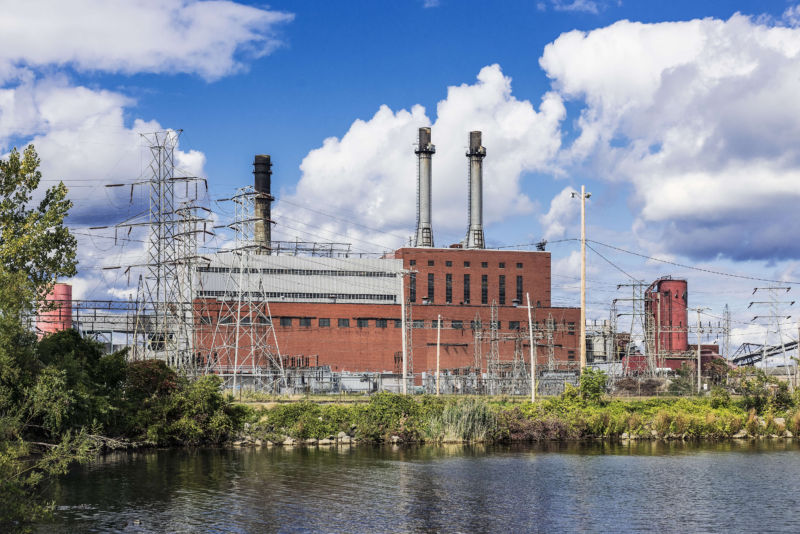
In a move that it had been planning since at least last year, the EPA affirmed the existing rules that limit mercury emissions produced by power plants. But the current EPA is not interested in wasting an opportunity to weaken regulations, so it is also undercutting the economic reasoning that was initially used to justify the regulations. This mixed decision may leave the existing regulations at risk in court, and it will definitely make future regulations more difficult.
Some chemical forms of mercury are potent neurotoxins and are a clear public health risk. Power plants are a major source of emissions in the US, and so they potentially fall under the remit of the Clean Air Act. Attempts to regulate mercury emissions date back to the Clinton Administration, were dropped under Bush, and restored by Obama. A few lawsuits added further complications over the course of this history, but a key one was decided by the Supreme Court, which ruled that the Obama administration had erred by not performing an economic analysis before formulating emissions rules.
The Obama-era EPA went back and redid the rulemaking process, and the result was one of the more costly set of rules in US history. Those costs, however, paled in comparison to the benefits that would come through reduced medical costs and improved public health. Most of those benefits, however, didn’t come from the reduced mercury itself. Instead, the process of removing mercury from exhaust streams would also eliminate a lot of particulate emissions, and their absence drove many of the health benefits.
The rules were put in place during the Obama administration, which was promptly sued. The case was still in the courts when Trump took office, and his EPA asked to withdraw from the case so it could formulate new rules. Meanwhile, with the old rules still in effect, utilities did what was needed in order to comply with them, in many cases passing that cost on to consumers. As a result, many utilities publicly voiced opposition to any attempts to roll back emissions limits. The coal industry, the source of most of the mercury, argued in favor of a rollback.
The new rules, announced yesterday, keep existing emissions limits in place. But how it justifies doing so is likely to generate some controversy.
Not friends with co-benefits
In both the EPA’s original and current estimate, the benefits of reducing mercury are relatively minor—the current estimate places those benefits at about $5 million a year. But the process of removing the mercury from the exhaust stream of a power plant also eliminates many other emissions, most notably particulates. The societal costs of particulates are substantial (although the EPA isn’t entirely convinced of that), so the mercury controls would come with what are called co-benefits. In this case, the co-benefits are substantially larger than the direct benefits, with estimates reaching well over $10 billion annually. This is substantially more than the cost of the pollution controls.
While Clean Air Act regulations do not require that the financial benefits outweigh the costs, having the cost-benefit analysis indicate that they do generally leaves a rule less vulnerable to lawsuits.
The new EPA decision, however, indicates that it has determined that regulatory decisions should not consider co-benefits—at all, for this or any future rules. Only the direct benefits can be considered in performing a cost-benefit analysis.
It’s possible that this decision will leave the existing regulations subject to a lawsuit, as the coal industry would undoubtedly be interested in seeing them overturned. If the regulations are overturned, then it will leave utilities with a lot of unneeded equipment that, in many cases, has already had its costs passed on to consumers. It will certainly leave future tightening of these regulations in doubt, even if further studies identify additional issues associated with mercury.
But the EPA’s action raises questions about the prospects for regulating any pollutant successfully. In many cases, like the emission of chemicals that produce acid rain, pollution controls are designed to handle multiple issues simultaneously. By forcing regulatory actions to consider each separately, the decision more or less guarantees that the economies generated by hardware that provides multiple benefits will never enter into the decisionmaking process. Thus, nearly every economic case for regulation will end up looking worse.
Again, the EPA can choose to act even if the economics of regulation aren’t in its favor. But doing so will likely lead to the regulations being tied up in court, much as the mercury ones have.









